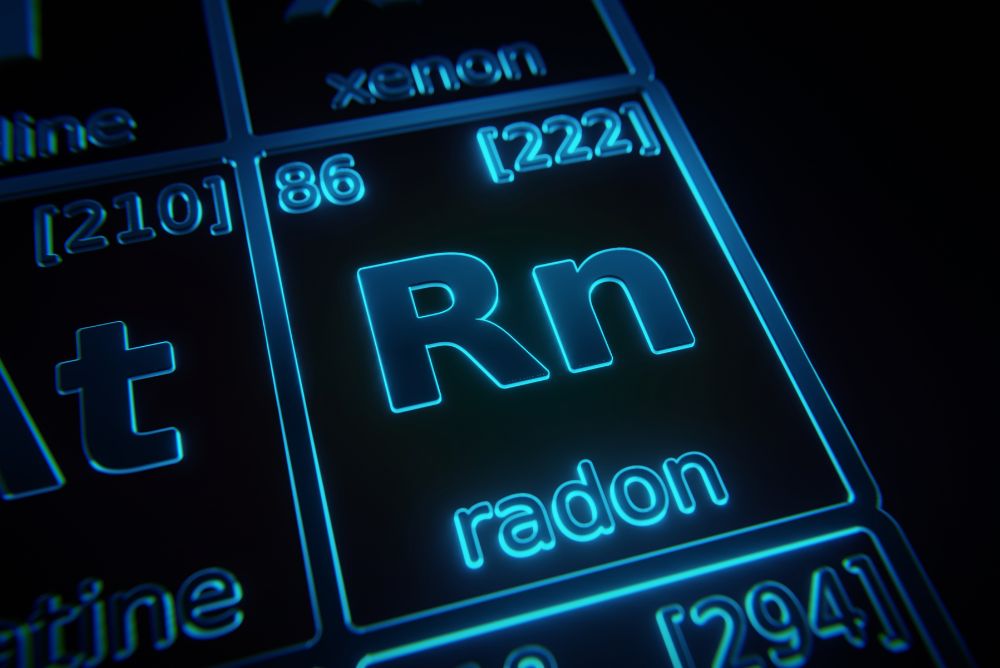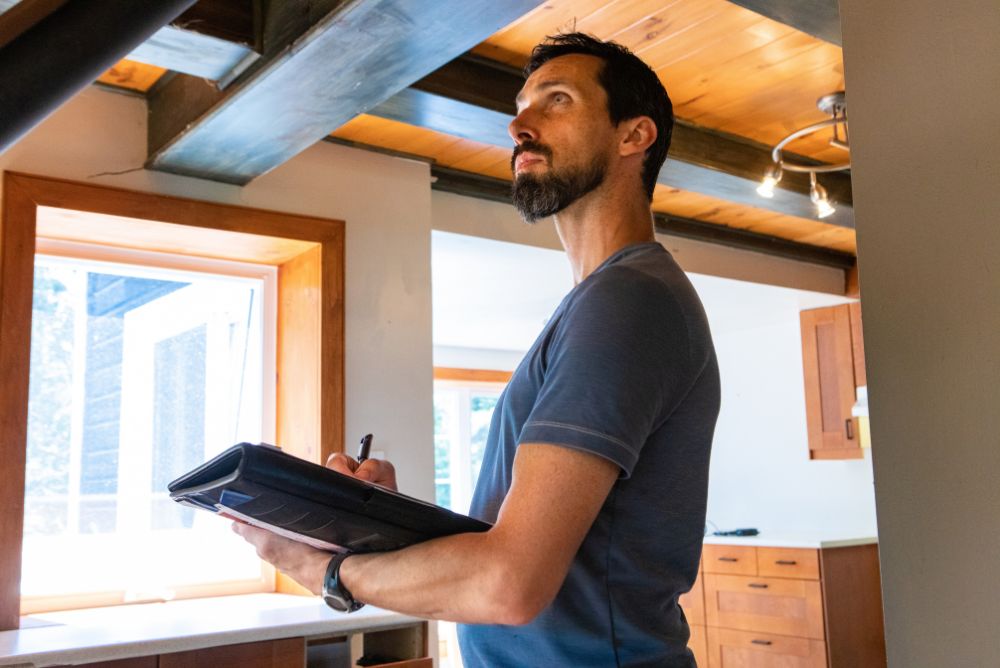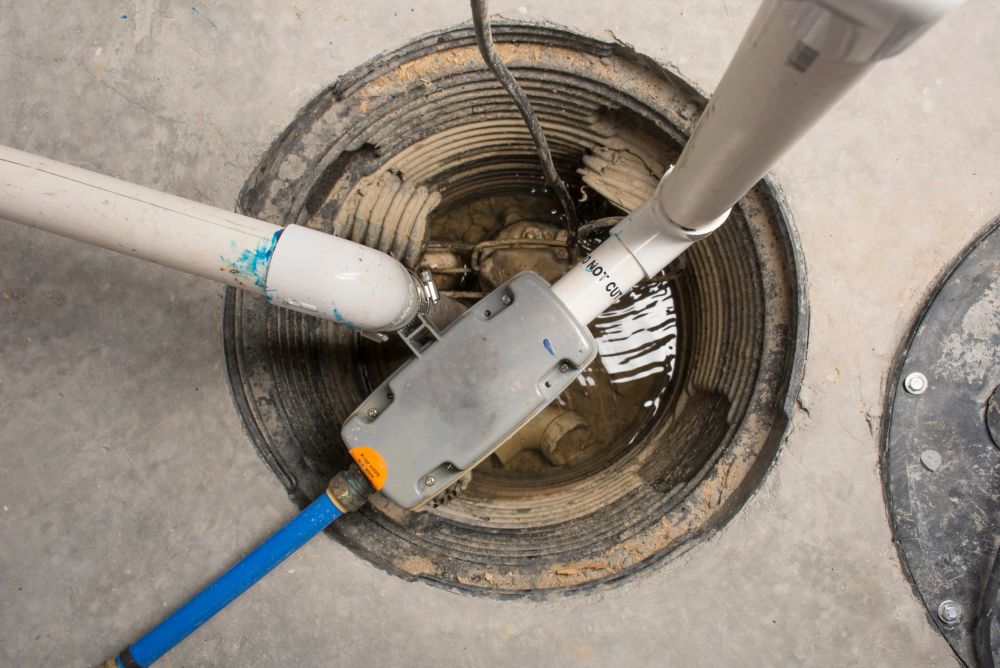
by Jesse | Feb 2, 2023 | Blog
Although you may know enough about radon to understand that it’s dangerous to your health, you might not have the details regarding its presence in your home. Radon is a pesky issue, and it’s undetectable with your senses; as a result, you should test your house at...

by Jesse | Jan 25, 2023 | Blog
It’s no secret that radon is one of the most dangerous gases to have inside your home, but that’s not even the most concerning part about it. Unfortunately, you may not know it’s in your living space until it’s too late. Radon gas exposure increases your risk of...

by Sean Woitas | Jan 12, 2023 | Blog
Although your home should be the safest space in the world, a few factors can take your safe home to a danger zone. Radon gas is one of the most unsuspected hazards that can invade your home, as you can’t detect its presence with your senses. With that said, you...

by Sean Woitas | Dec 15, 2022 | Blog
Although no amount of radon gas is safe or healthy to have inside your home, it’s nearly impossible to reduce your levels to zero. However, you should know what time of the year radon levels are the highest to choose the proper time to test. The Winter Months You may...

by Sean Woitas | Dec 2, 2022 | Blog
You may already know that radon is a dangerous gas to have inside your home, but you may not know that it’s impossible to detect through your senses alone. With that said, you must test your home for radon to determine if your levels are high. Whether you test...

by Sean Woitas | Nov 18, 2022 | Blog
Most people don’t spend much time thinking about their sump pump systems, but they may impact your health and safety more than you think. Unf ortunately, radon is one of the leading causes of lung cancer in the United States. You may know the potential dangers of...








Recent Comments